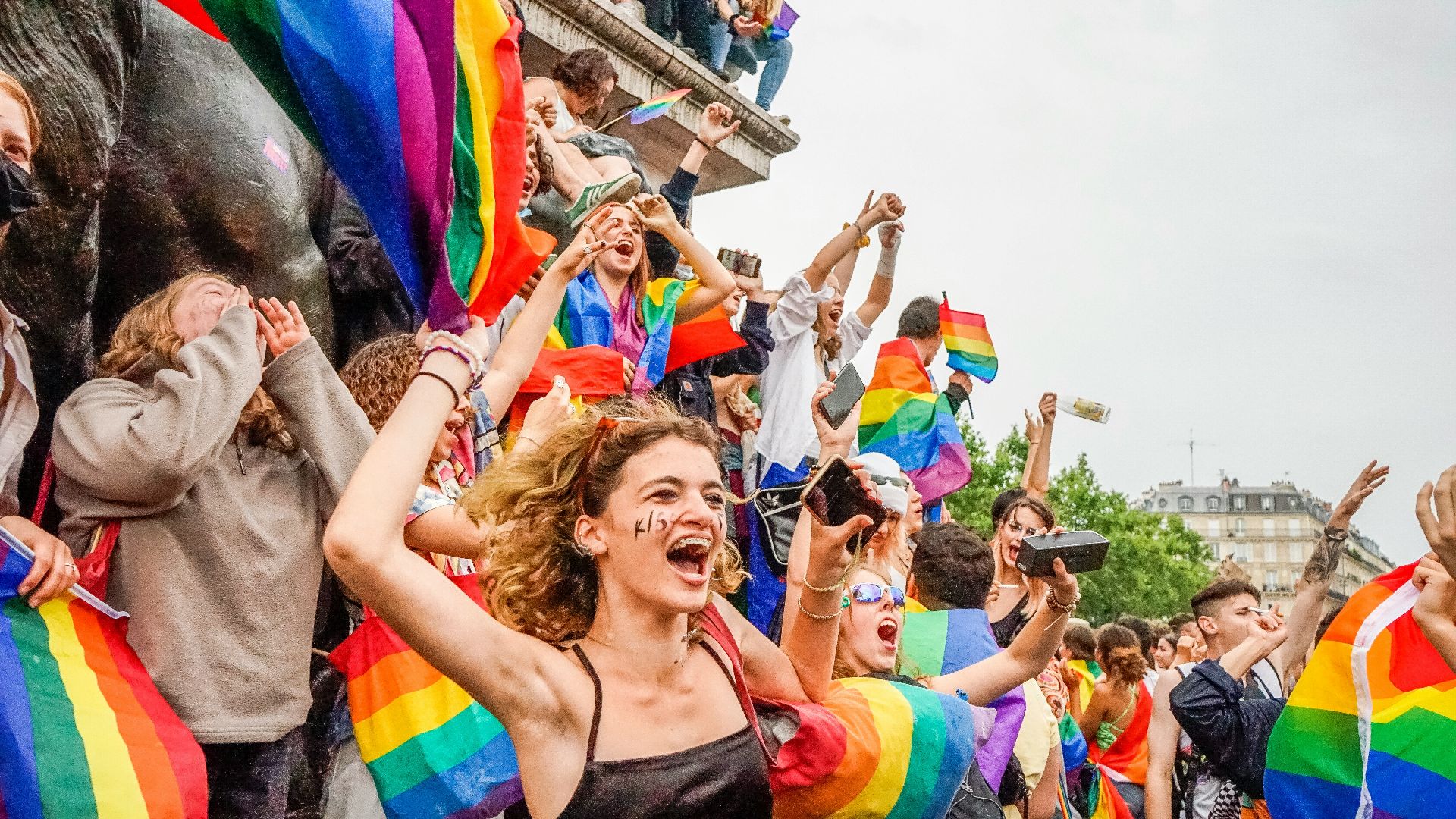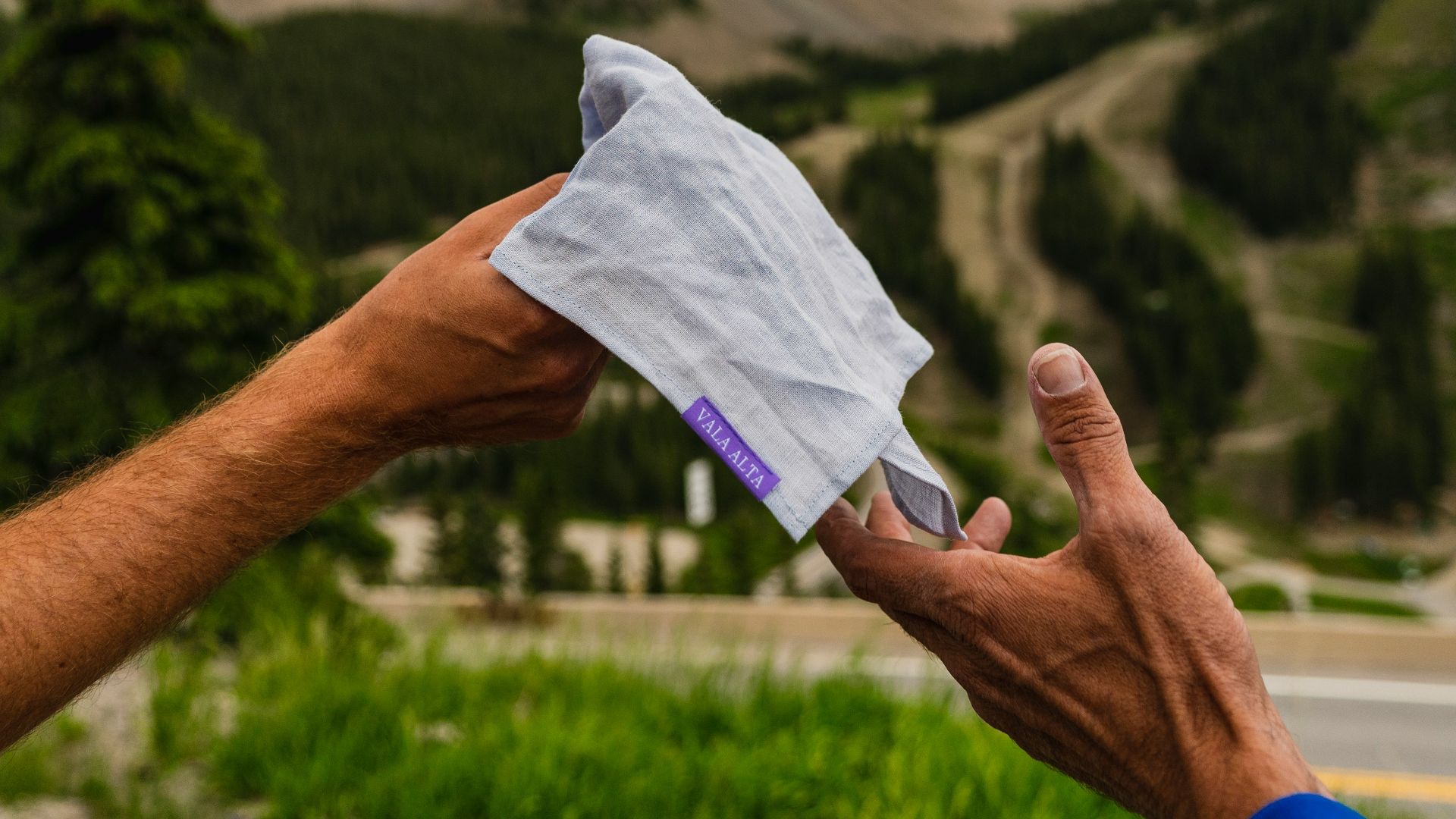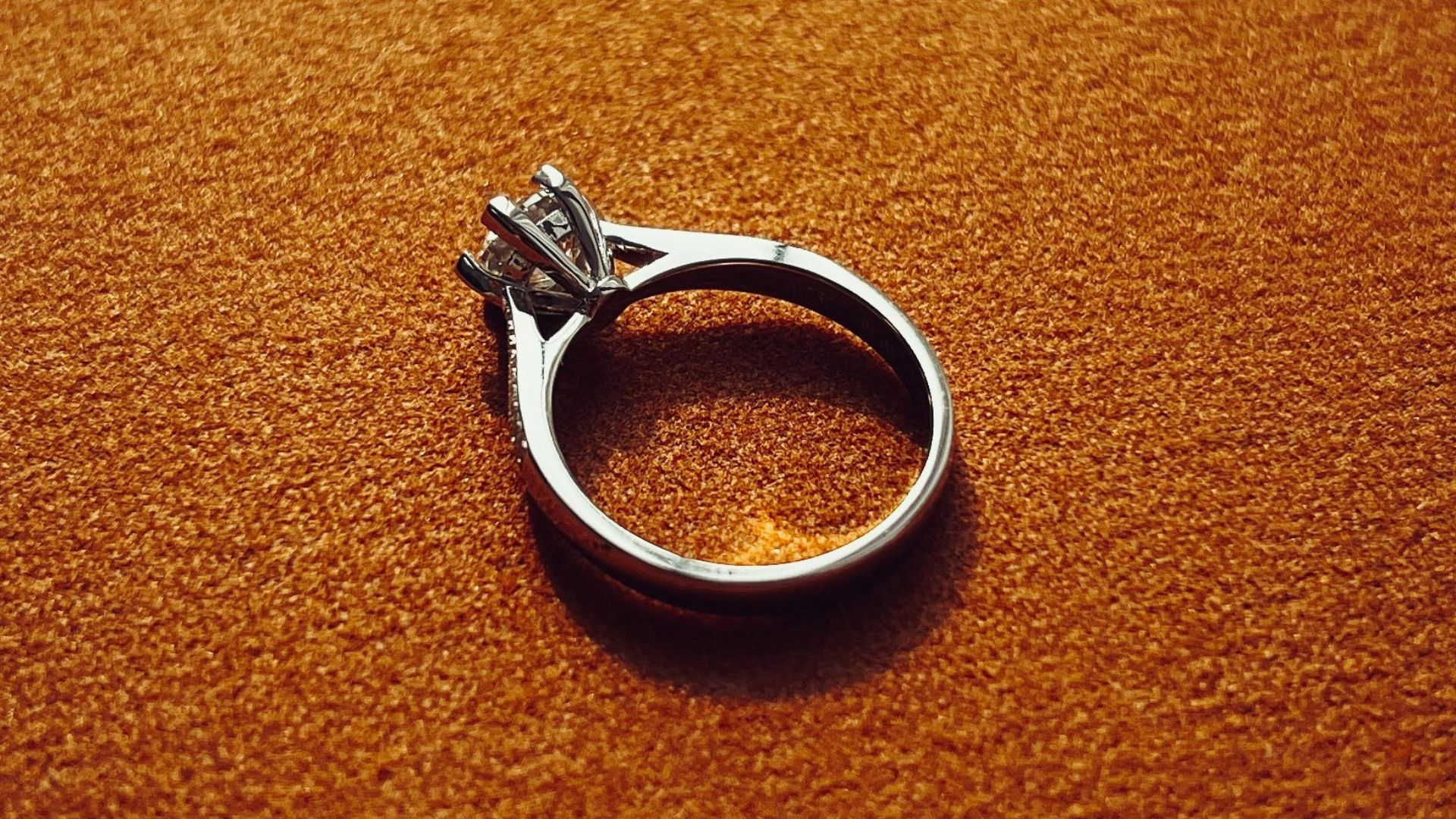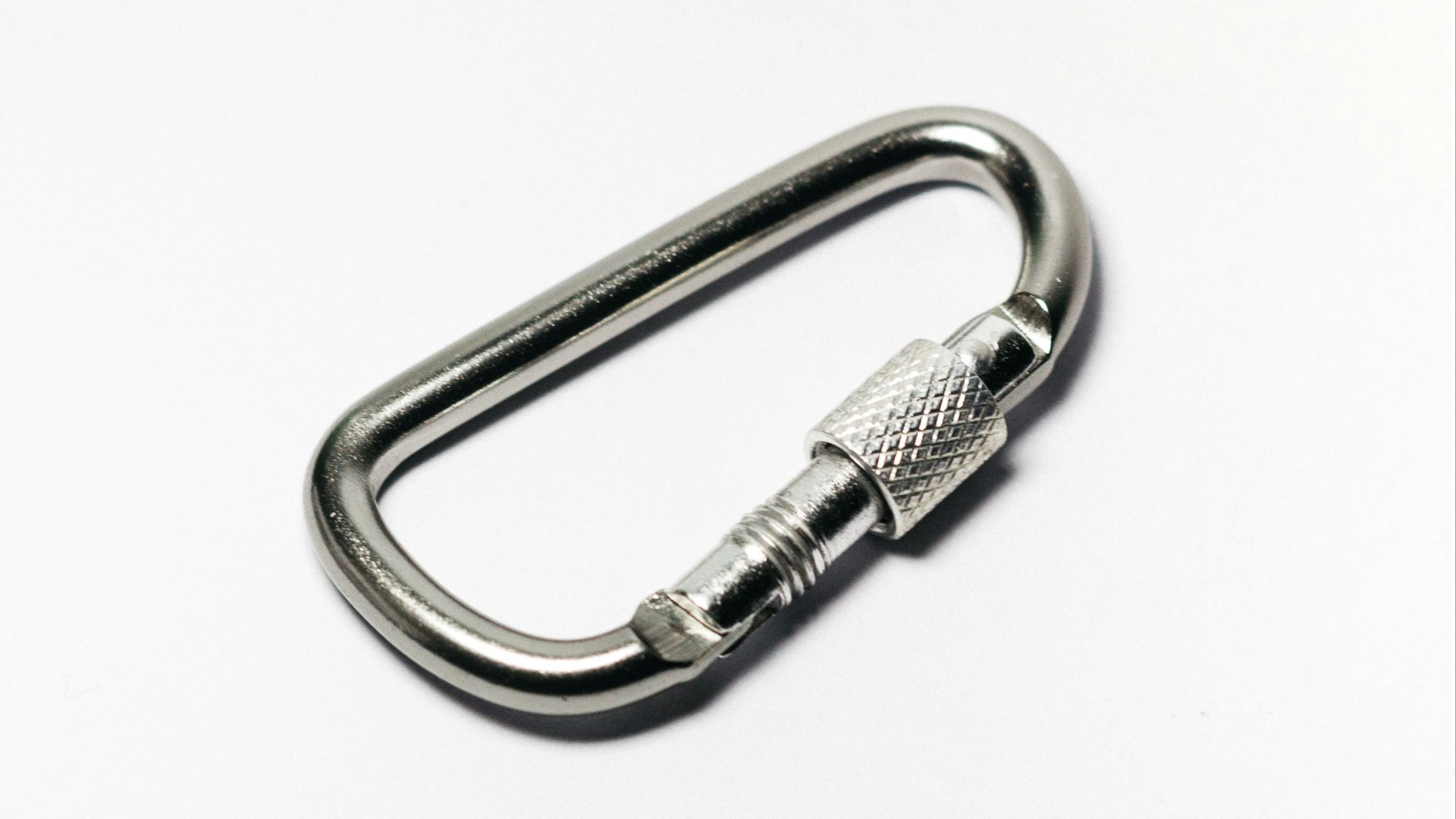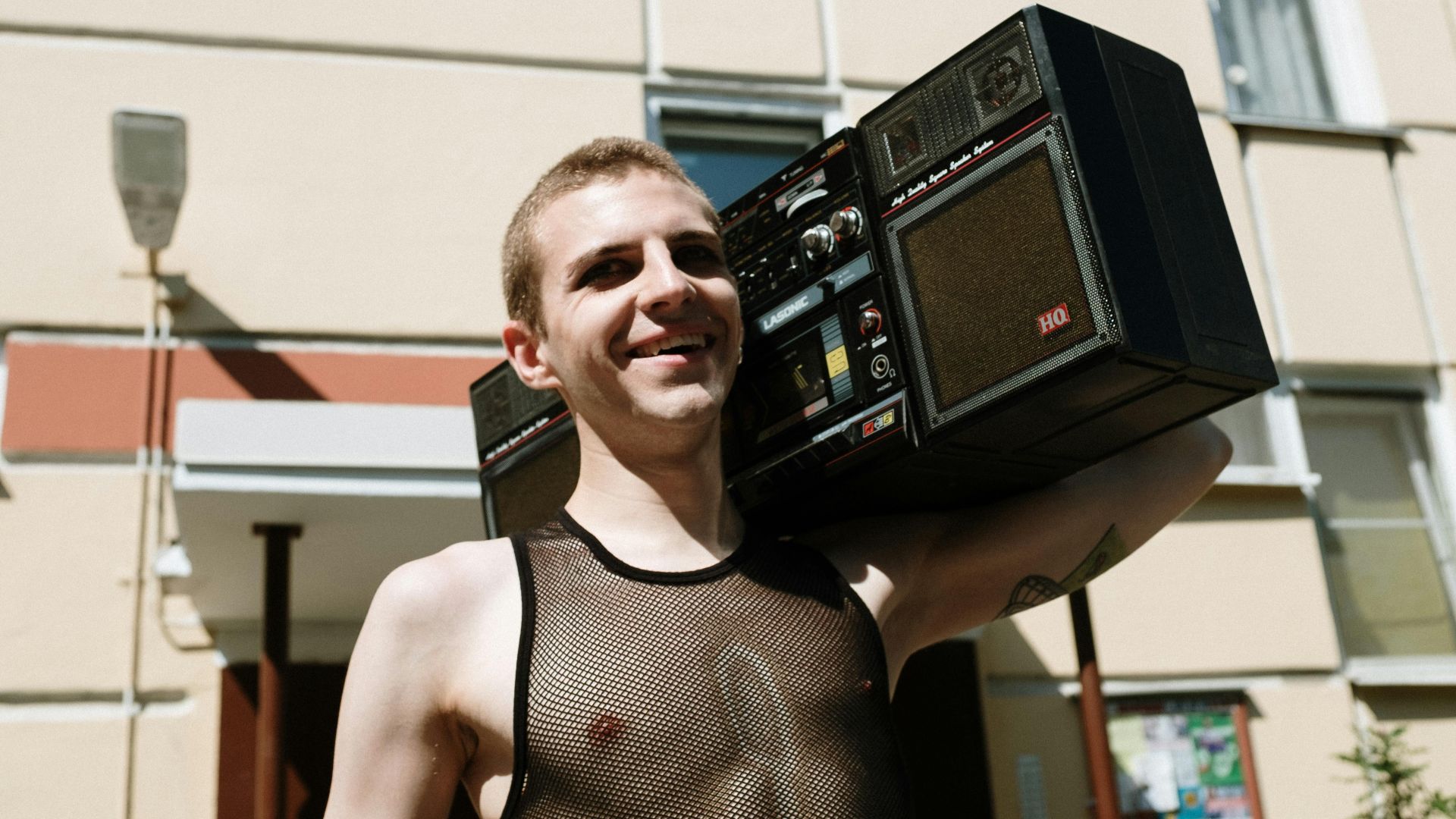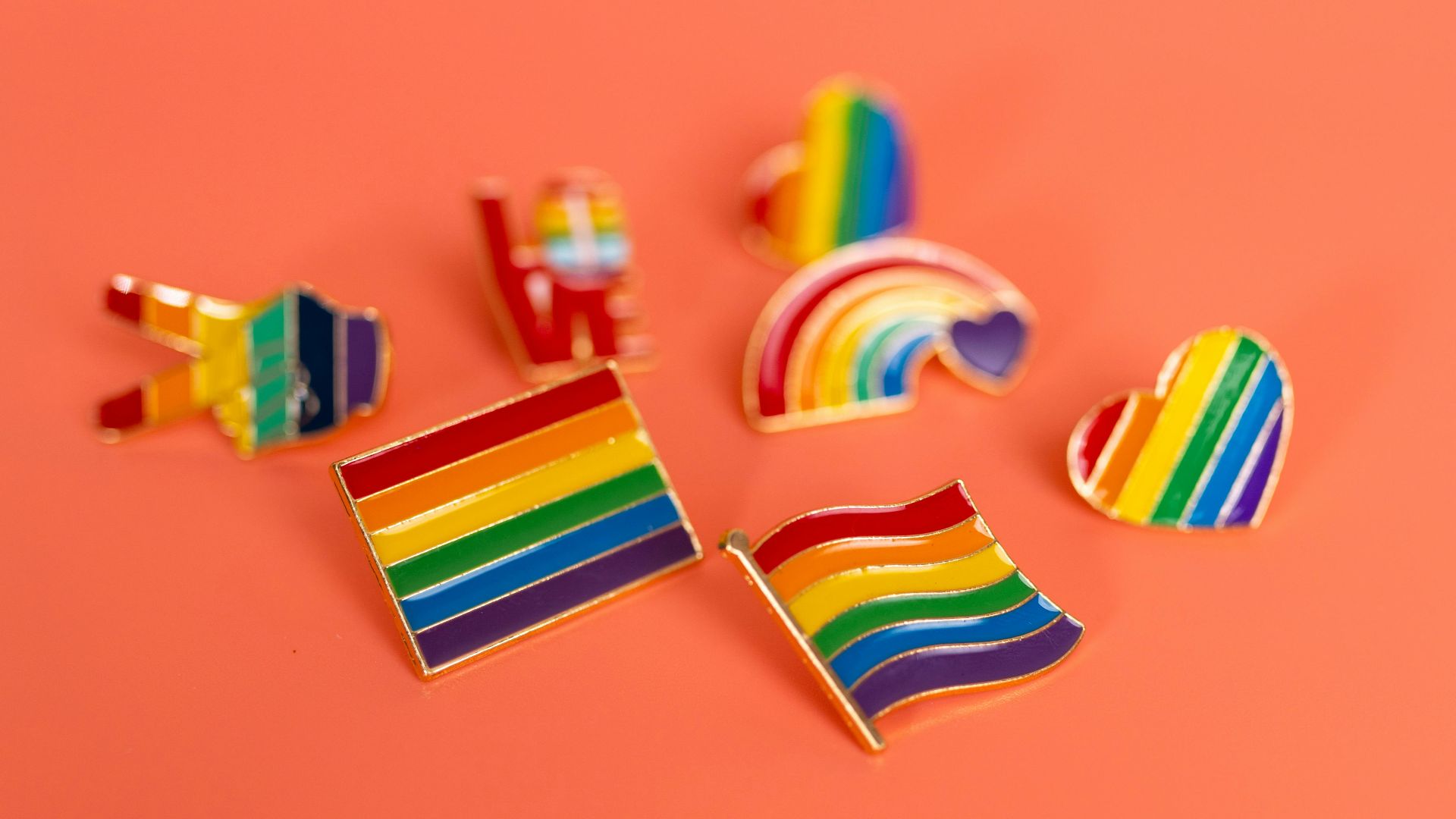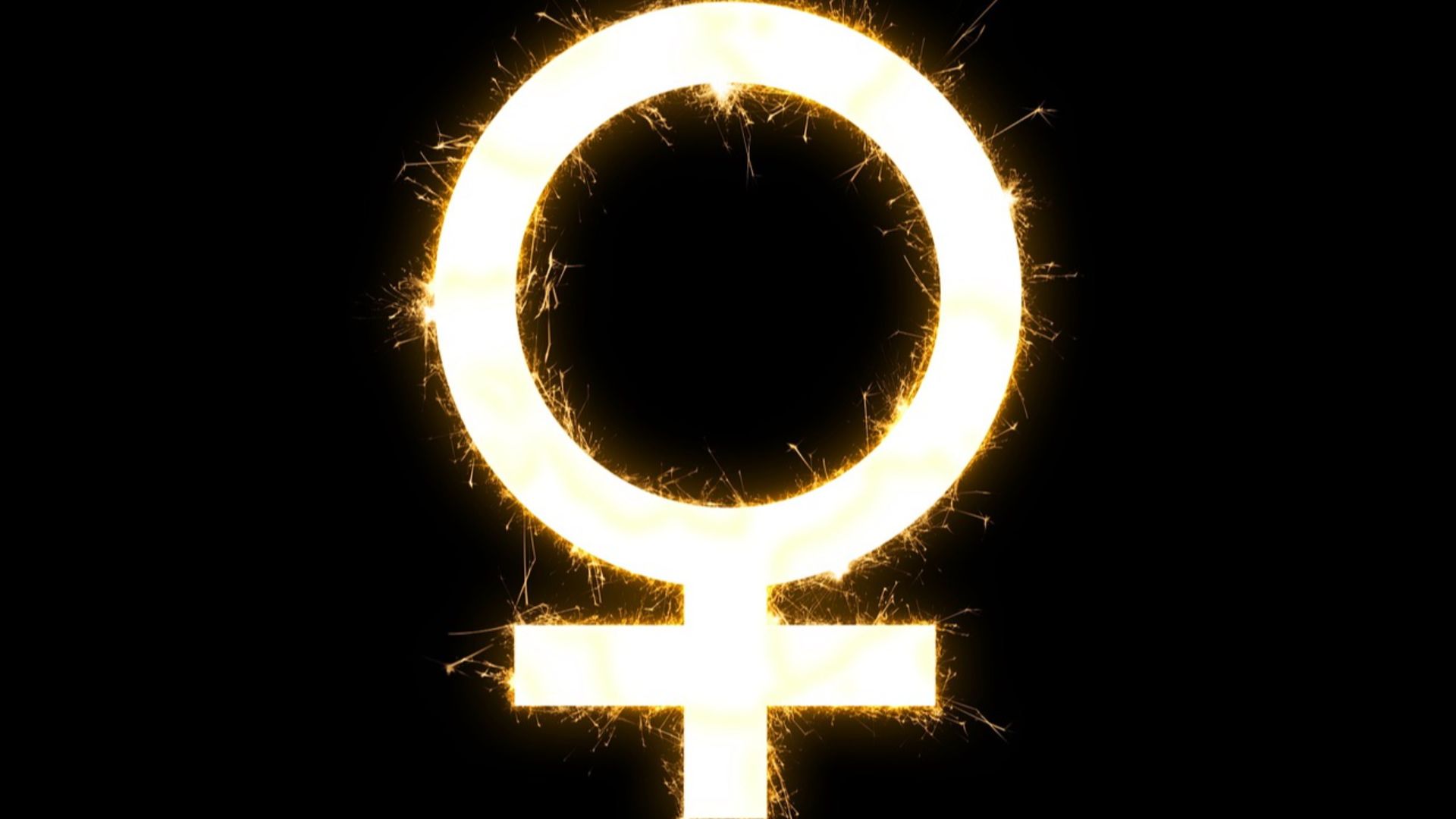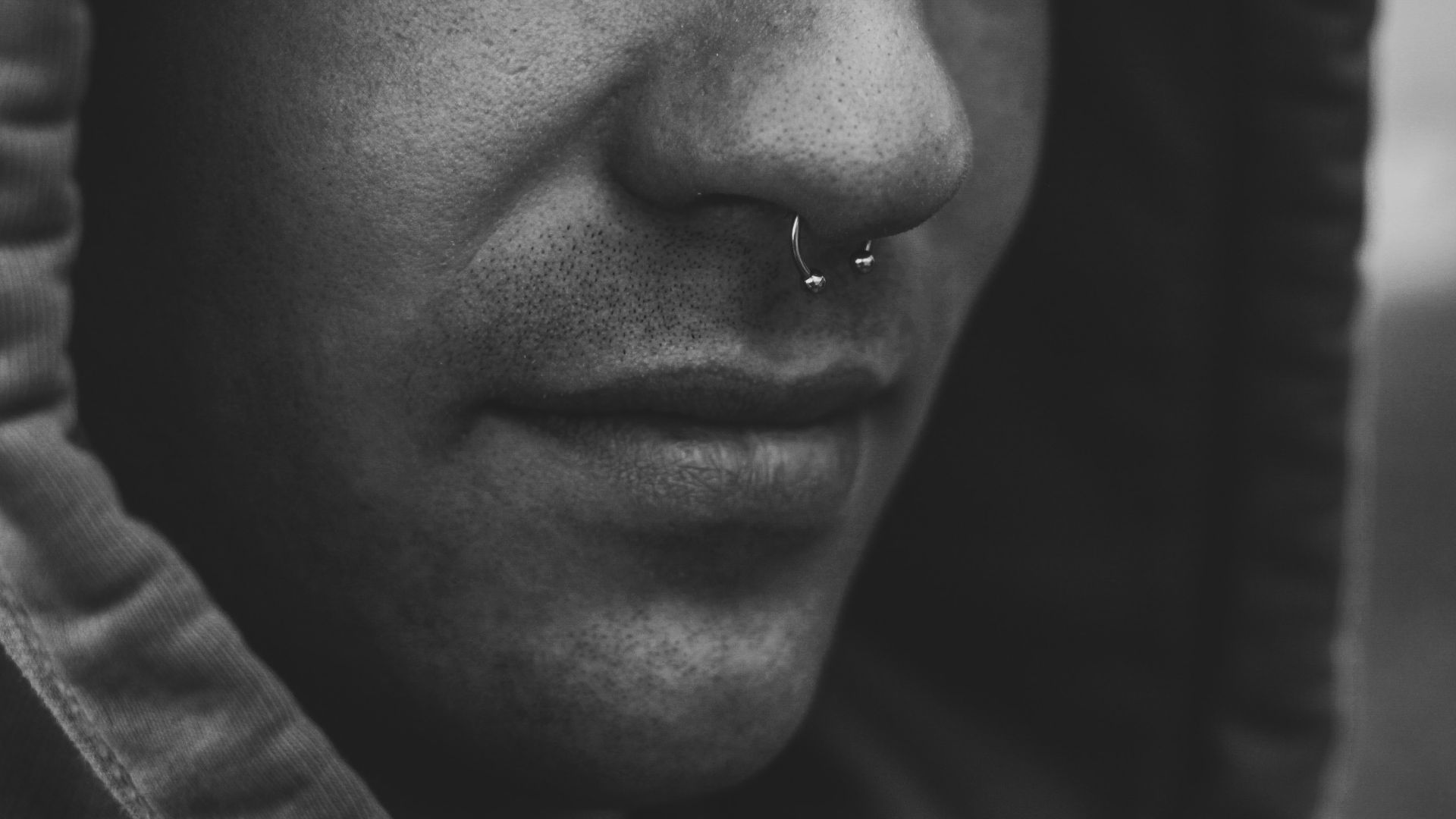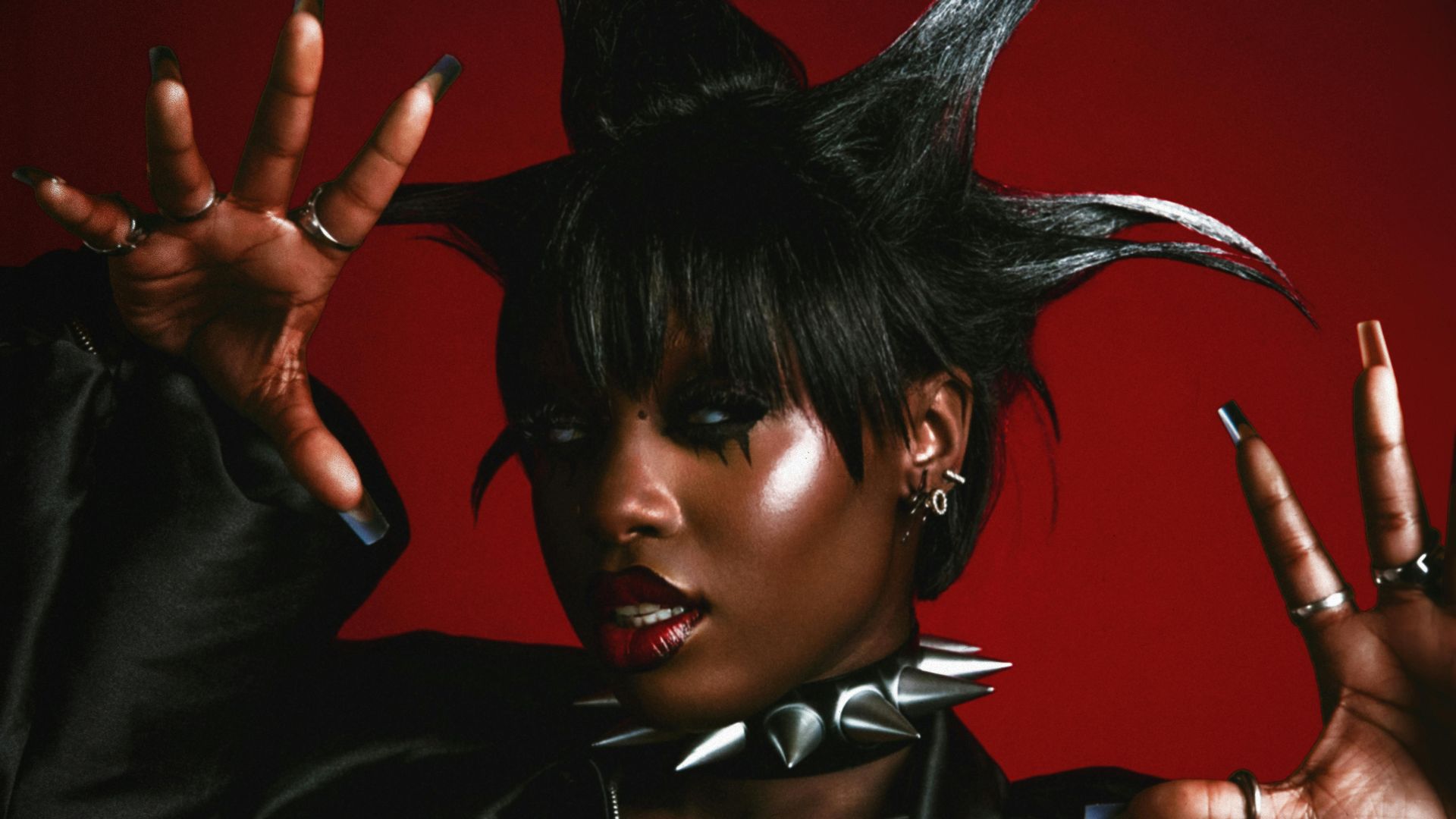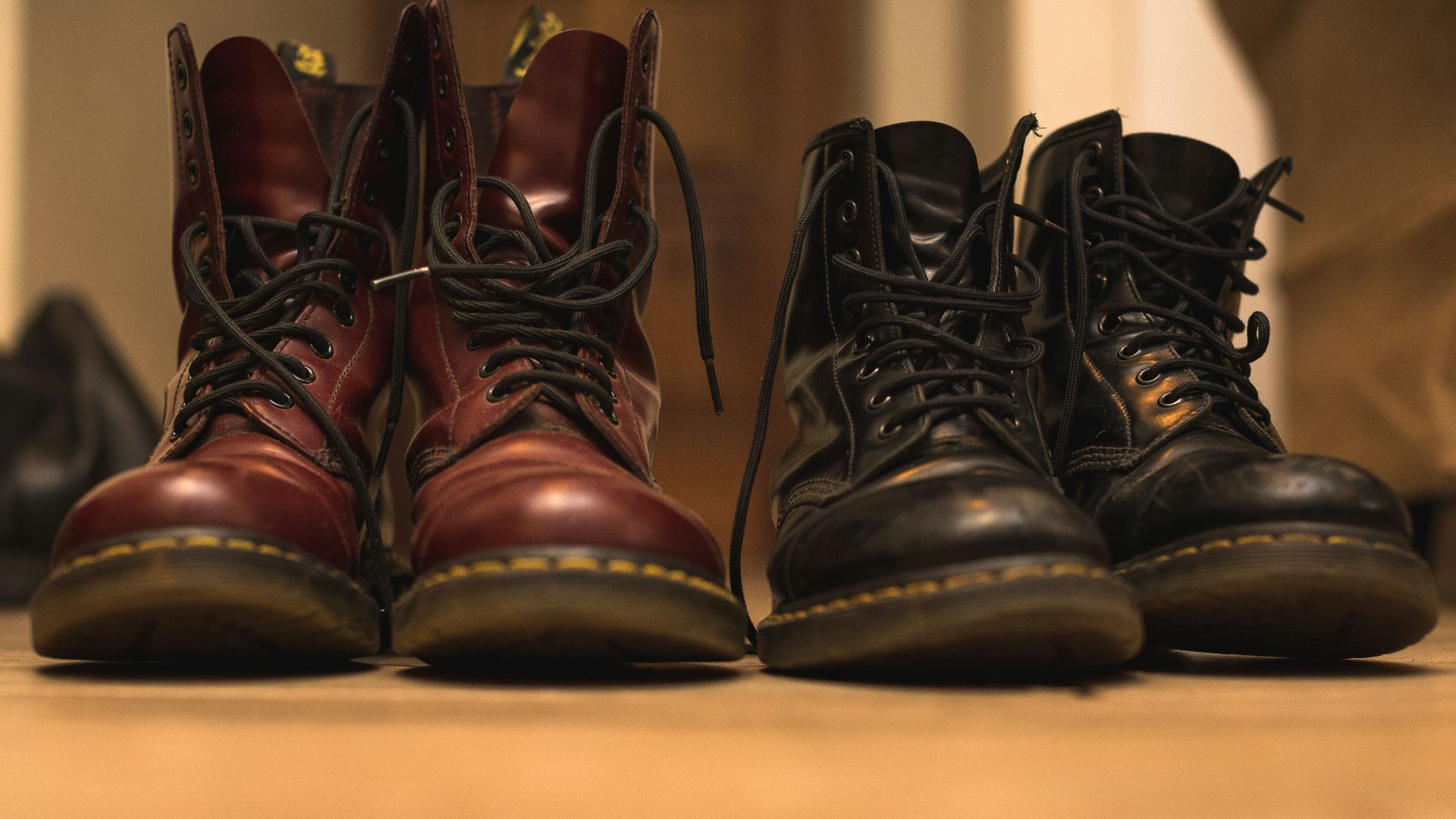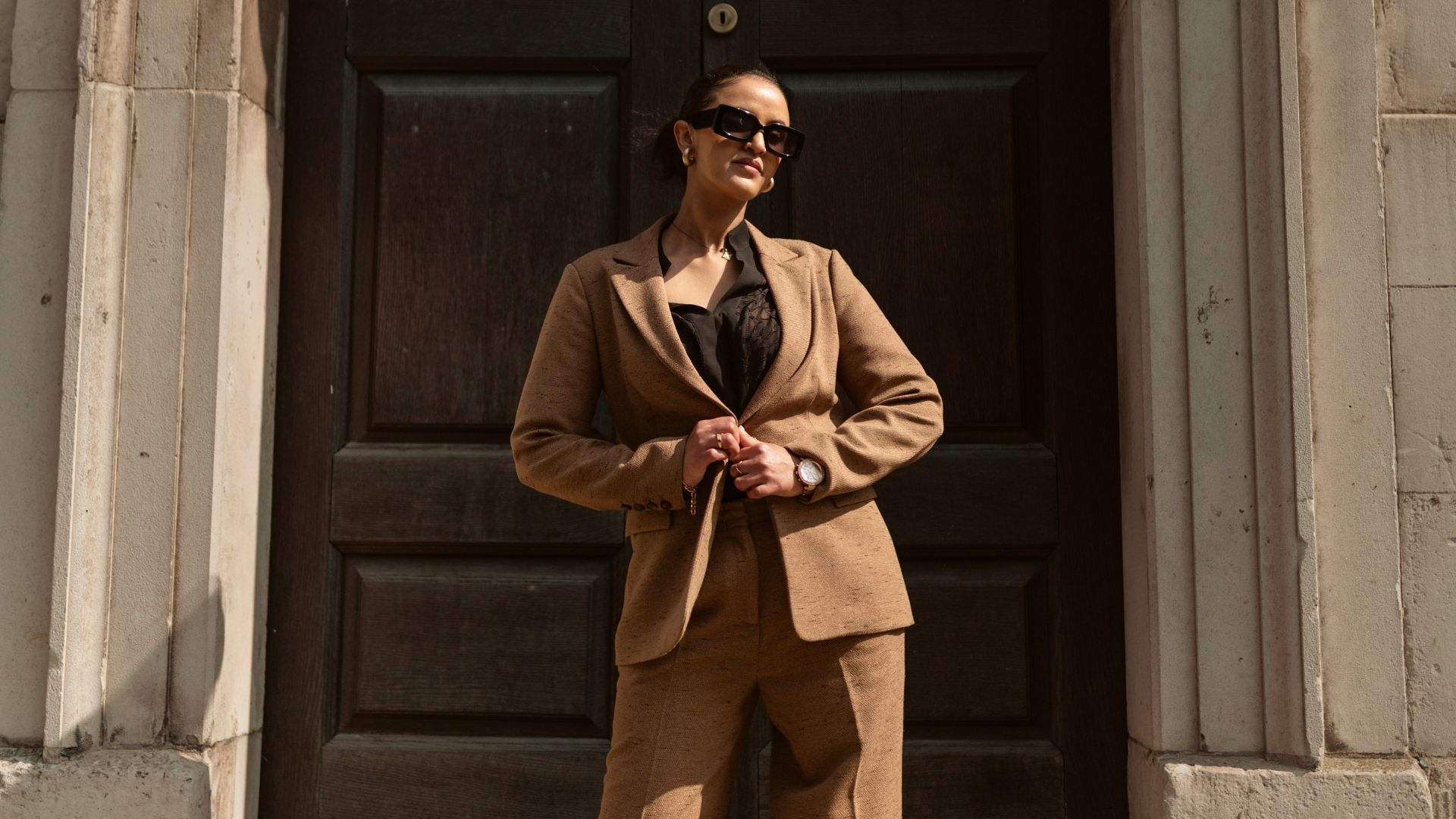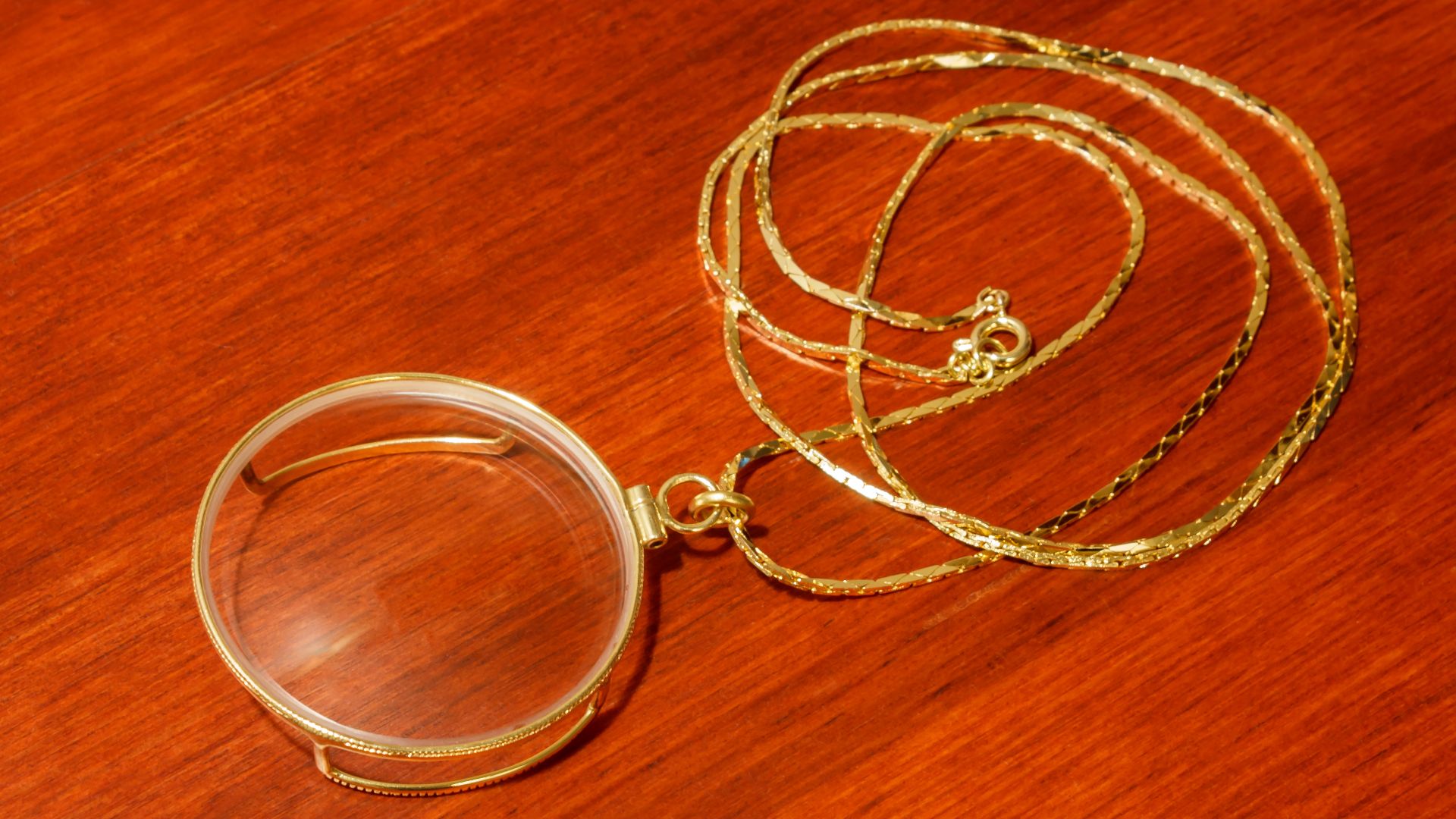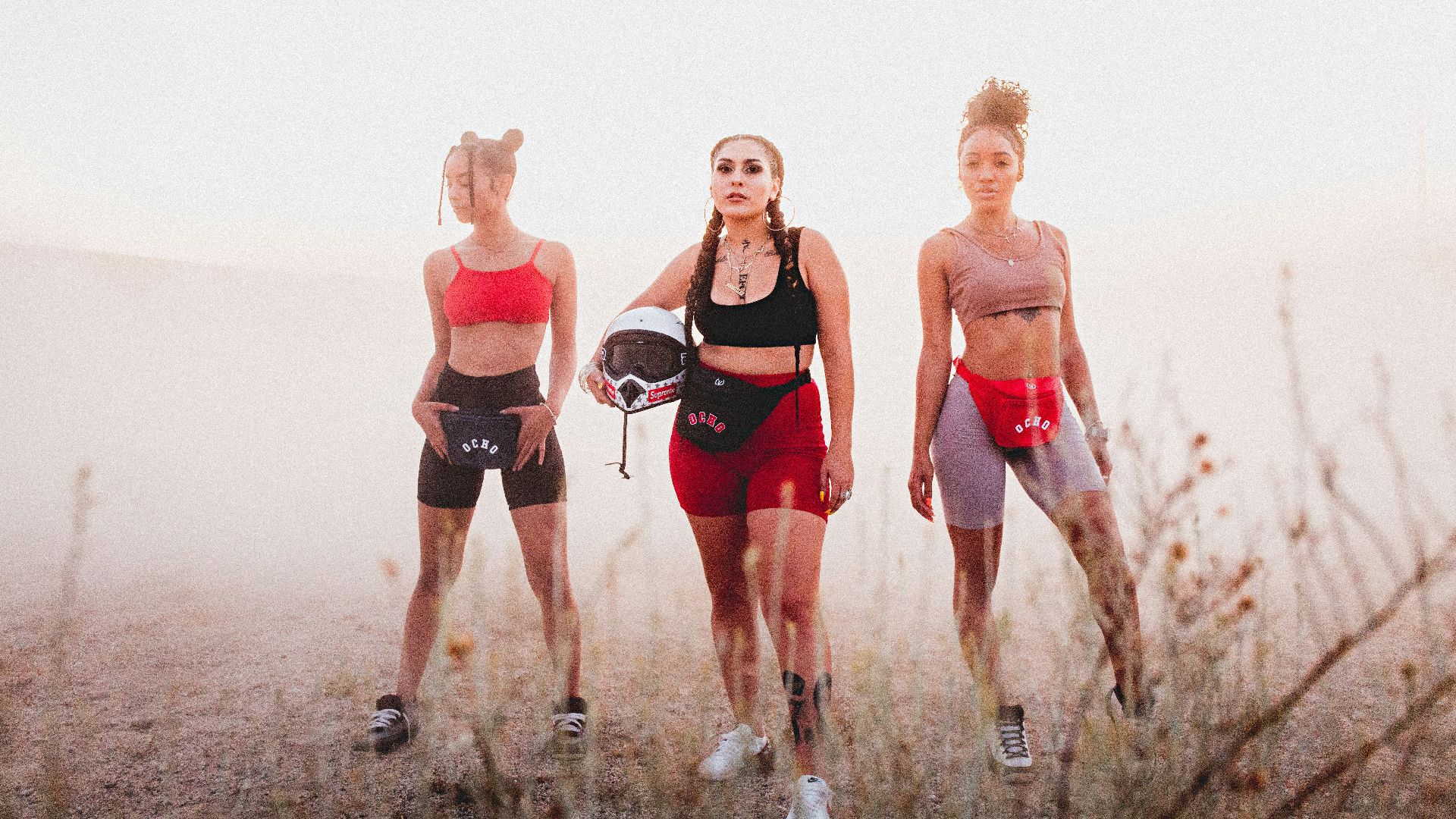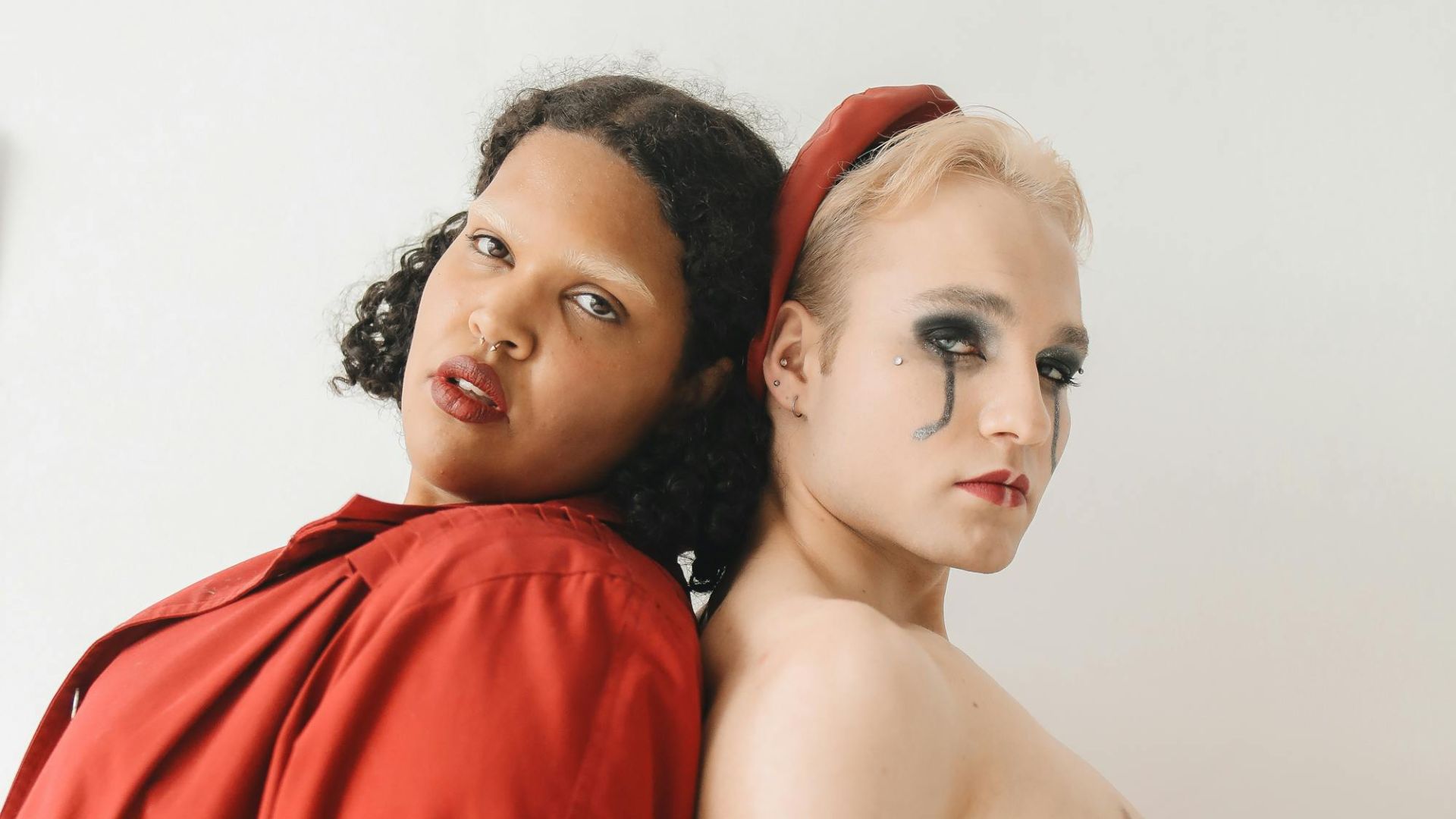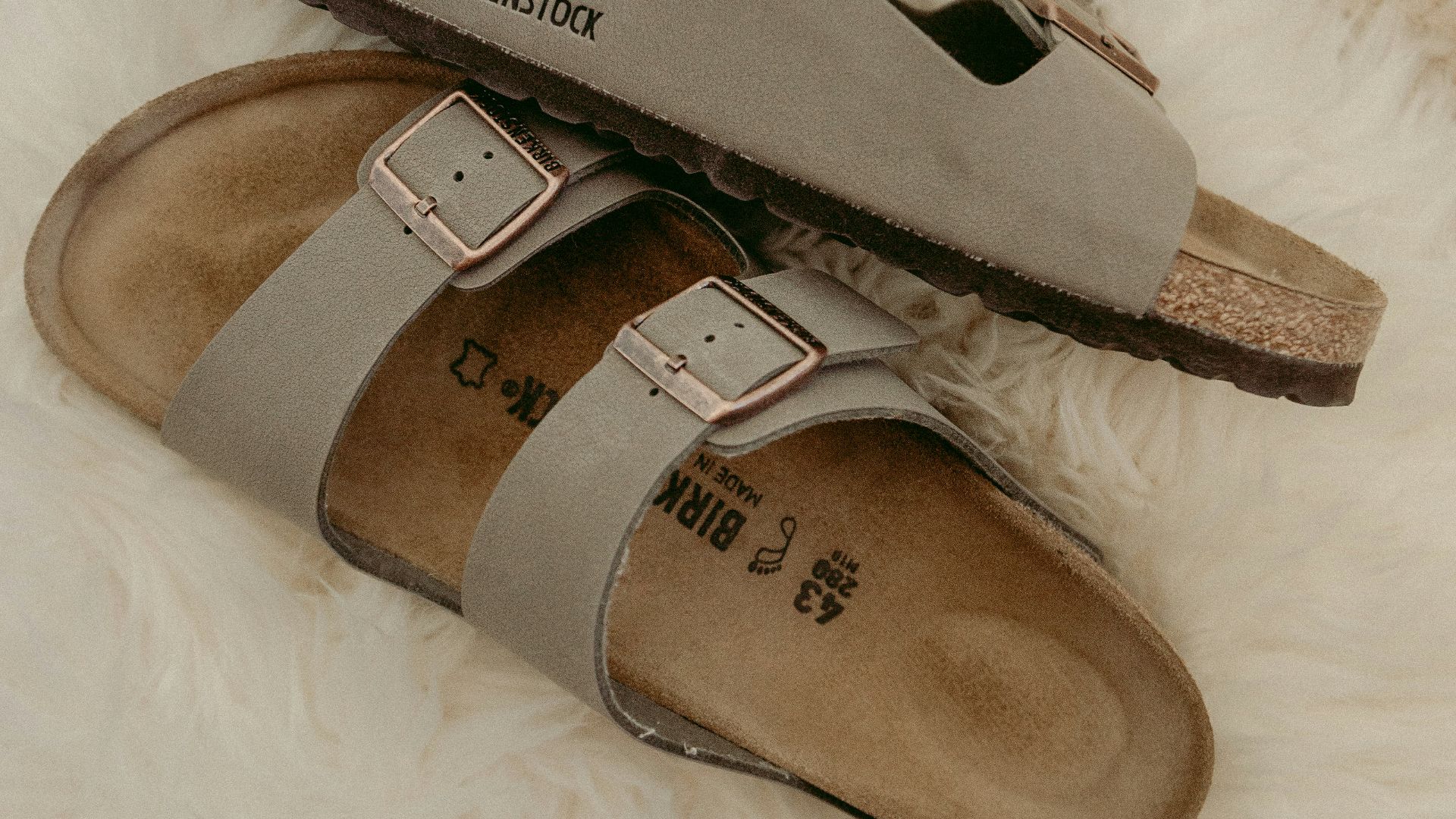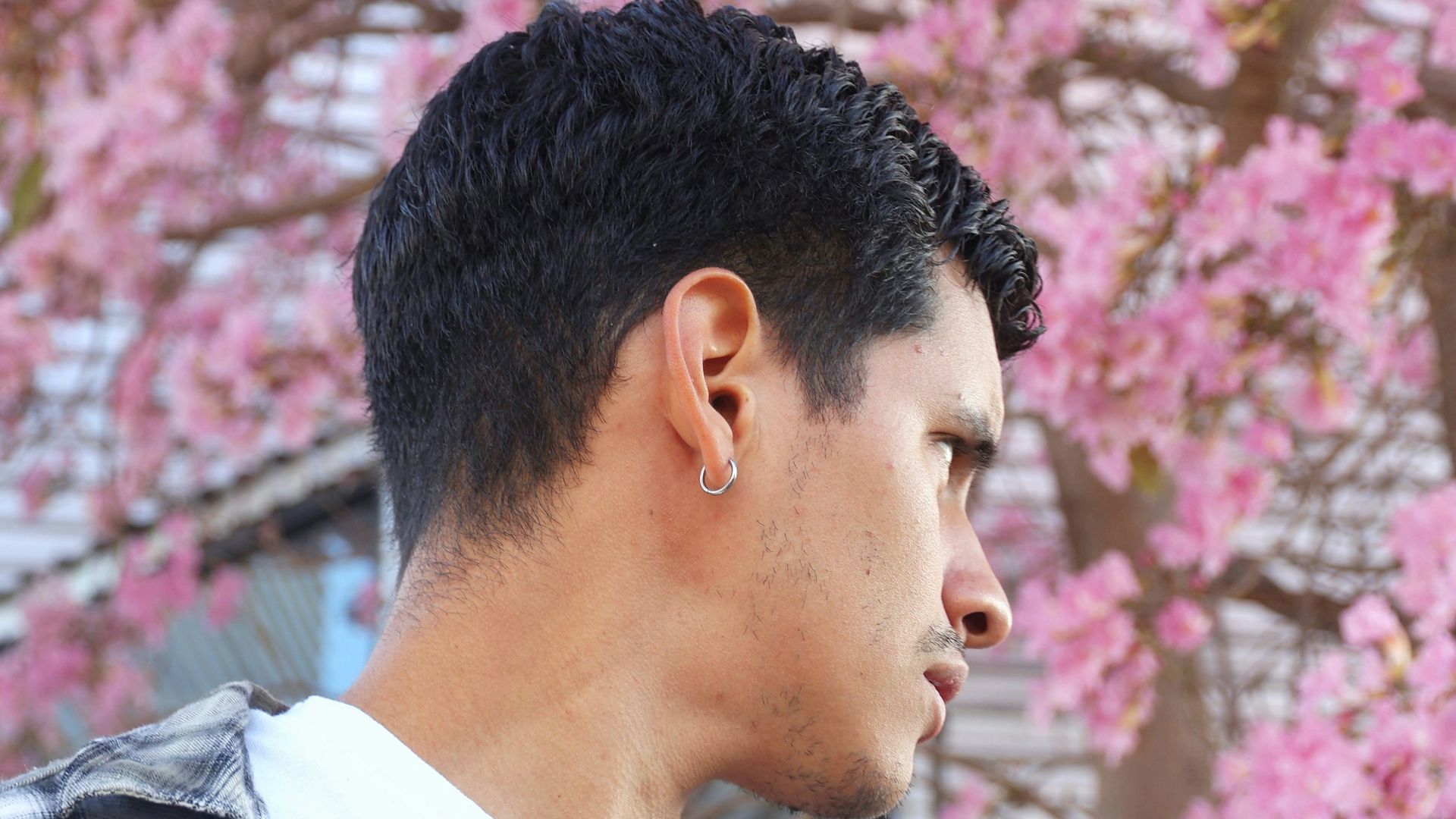Category Is: Carabiner Chic
As our world becomes more inclusive, our fashion does too. LGBTQ+ folks who lived in the 19th and 20th centuries often had to communicate in secret, only broadcasting who they really were to others who understood the code. Many of us no longer have to live this experience, and the once rebellious nature of queer-coded clothing has now found a home in popular culture, worn regardless of sexual orientation.
1. Hankies
Handkerchief code was a popular way of communicating your orientations or interests among gay men in the 1970s. The color and which pocket the hanky was worn in had different meanings, and was quickly adopted by lesbian and fetish communities across North America, Australia, and Europe.
2. Binders
Most commonly used as gender-affirming clothing for trans men, the act of binding one's chest is now widely practiced by gender fluid, non-binary, or non-conforming individuals. In fact, binding has even reached cisgender men and women who simply feel more confident with a smaller chest.
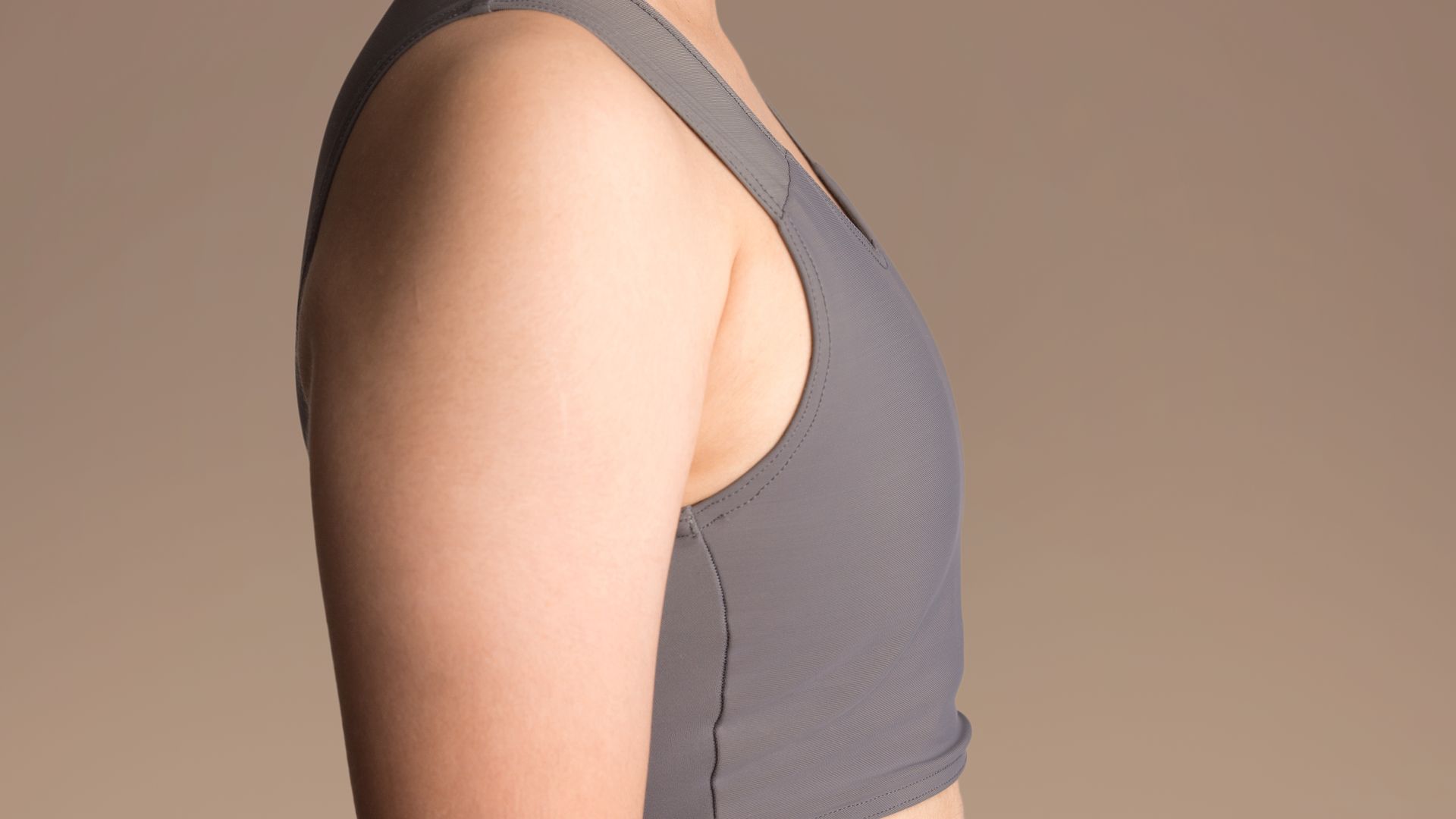 Genusfotografen (Tommas Gunnarsson) / Wikimedia on Wikimedia
Genusfotografen (Tommas Gunnarsson) / Wikimedia on Wikimedia
3. Rings
Rings, particularly pinky rings, were used by gay men and lesbians to identify their sexuality throughout the 20th century. Today, it's common to see queer folks stack on the rings, either as an homage to their history or simply for personal aesthetics.
4. Carabiners
This practical tool was folded into lesbian history around World War II, as it signified women working blue-collar jobs. Eventually, the carabiner became a part of the lesbian identity, and even the placement of the metal loop on one's pants represented personal preferences.
5. Mesh Shirts
Mesh shirts became a part of gay culture during the 1990s and 2000s as a rebellious stance against traditional masculinity, stemming from the popularity of crop tops among male athletes in the 1980s. Today, the mesh shirt has become synonymous with queer expression and personal confidence.
6. Pride Pins
Pride pins started gaining traction after the Stonewall Riots of 1969, and they haven’t slowed down since. Folks often wear the flags they most closely associate with, but it's not uncommon to see straight people wearing them to show support for the community.
7. Flannels
Before Nirvana was even a thought, flannels were a staple of the butch community in the 1970s. Used as a way to rebel against traditional femininity and was popular among lesbians all the way up into the 1990s. Flannels received more widespread attention thanks to the hipster and revitalized grunge aesthetics of the 2010s.
8. Astrological Symbols
Interlocking Venus and Mars symbols have been a part of the LGBTQ+ communities forever, and are closely associated with gay men and lesbians. Incorporating astrology into one's fashion choices has waxed and waned in popularity throughout the years; however, it's not uncommon to see these symbols on just about anyone.
9. Septum Piercings
Septum piercings have been a part of counterculture movements for years, stemming from hippie, goth, and punk scenes. Thanks to their rebellious associations, it's no surprise that they have close associations with the LGBTQ+ community, despite their widespread popularity.
10. Hair
Hair is just as much an accessory as anything else you put on your body. Butch lesbians have challenged traditional femininity with short or completely shaved hair, while spiked, dyed, asymmetrical, or otherwise have all been used as signifiers for queer folks.
11. Doc Martens
This famous boot has a long history based in countercultural groups. They were adopted by lesbians, particularly butch lesbians, as a practical boot that shied away from fem fashion norms. As the grunge scene kicked off in the 90s, the boots became more popular, and their history in rebellion is often not discussed today.
12. Pink Triangles
This symbol was used as a concentration camp identifier in Nazi Germany, particularly for gay men. In the 1970s, the triangle was reclaimed in the fight against homophobia and remains a popular symbol for queer liberation.
13. Snapbacks
A popular and more recent fashion trend, particularly among butch lesbians, is the backward snapback. The snapback originated in 1958 and was popular in the 60s and 90s. Despite their popularity previous to queer adoption, they have close associations with the lesbian community today.
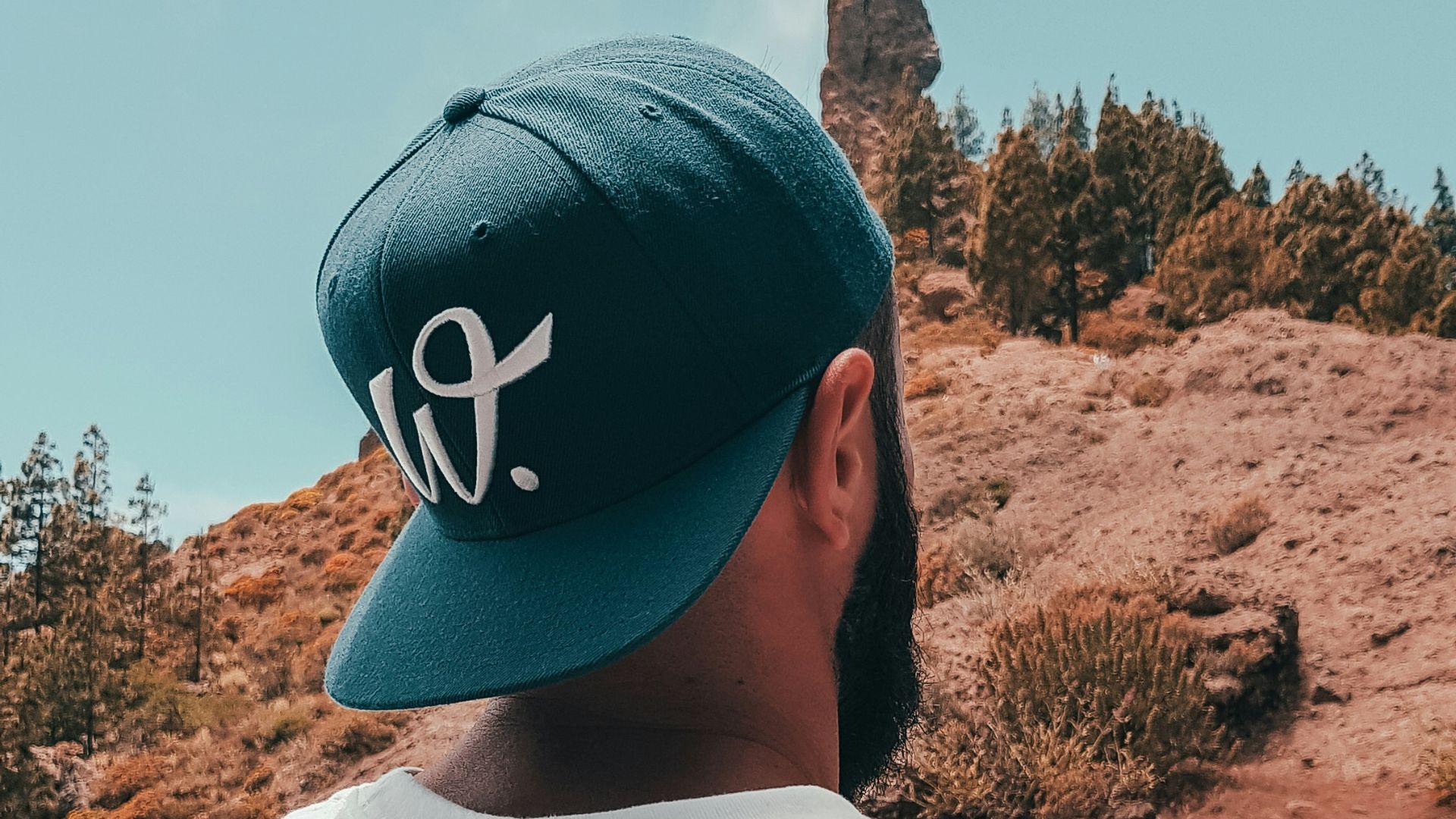 Miltiadis Fragkidis on Unsplash
Miltiadis Fragkidis on Unsplash
14. Suits
Suits became a part of women’s fashion first out of practicality, but then as a symbol of female independence in the early 20th century. Lesbians, however, have used suits as an act of rebellion since the 18th and 19th centuries, gaining prominence within queer communities during the 1910s and 1920s.
15. Monocle
Used as a widespread act of rebellion among women in the early 20th century, but fell out of popularity in the late 1920s due to its close associations with lesbianism, particularly lesbians in the upper classes. In fact, there was a famous lesbian bar called Le Monocle, which was one of the first lesbian bars in the city of Paris.
16. Fanny Packs
Like many other items on this list, fanny packs were adopted by lesbians in the 1970s as a rejection of traditional fashion standards. They’re commonly seen today at pride parades as a practical clothing item that represents LGBTQ+ pride.
17. Shags Or Mullets
Okay, okay, we know we talked about hair already, but the mullet is a little different from spikes or shaved heads. The mullet and shag cuts have been quite popular among Gen Z in recent years, thanks to their androgynous feel. The cut was also quite popular among lesbians in the early 2000s, thanks to the popular show The L Word.
18. Androgynous / Unisex Clothing
We suppose history does really repeat itself. The 1920s were all about androgyny when it came to fashion, so it's no surprise that the 2020s have been about it as well. Androgynous and unisex clothing is very popular for comfort or aesthetic reasons, but is also often used by members of the LGBTQ+ community as a representation of their identity.
19. Birkenstocks
This comfortable sandal was a mainstay of “lesbian chic,” a counterculture aesthetic that started in the 70s and 80s. They were unfortunately lumped into the stereotype of “queer women can’t dress nicely,” but gained worldwide popularity during the 90s.
20. Earrings
Since the 1980s, it has been a popular stereotype that gay men pierce their right ear. While it holds no weight today, it is common to see men, women, and non-binary folks alike load up their ears with metal, regardless of sexual orientation.


